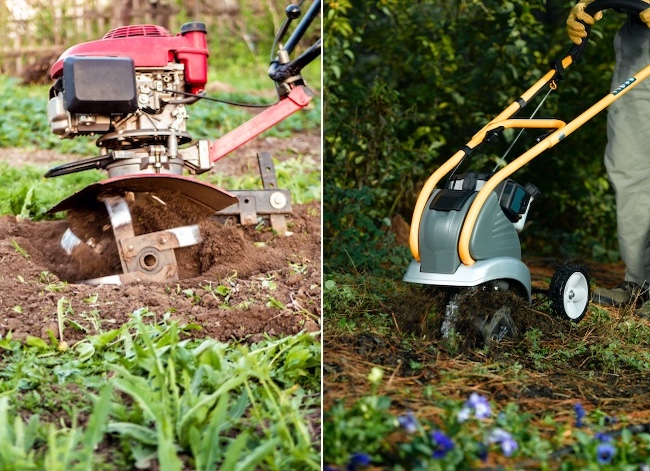We may earn revenue from the products available on this page and participate in affiliate programs. Learn More ›
Tiller or cultivator? Gardeners often use the two words as if they mean the same thing, but they are actually different tools. The machines look similar, although tillers are usually larger than cultivators, but each is built to perform a unique function in the garden, and they aren’t really interchangeable. A rototiller, or tiller, is the heavier and more powerful of the two. Tillers are made for digging deeply and aggressively to break open the soil—for instance, when you’re creating a brand-new garden bed or to getting started at the beginning of the season. Different models offer a range of configurations and functionality, such as rear or front tines, variable depth settings, forward and counter-rotating tine operation, and more.
Cultivators, however, are built for speed and finesse. They are made to stir up the top few inches of already-loose soil to incorporate fertilizer, break up crusted soil ahead of irrigation, or assist with weed control. They are compact and lightweight but still powerful, with a smaller working area for greater precision. If you’re not quite sure whether the task at hand requires a tiller or cultivator, read on to learn more about these two important gardening machines.
1. Cultivators mix the soil, while tillers break up hard soil into pieces.
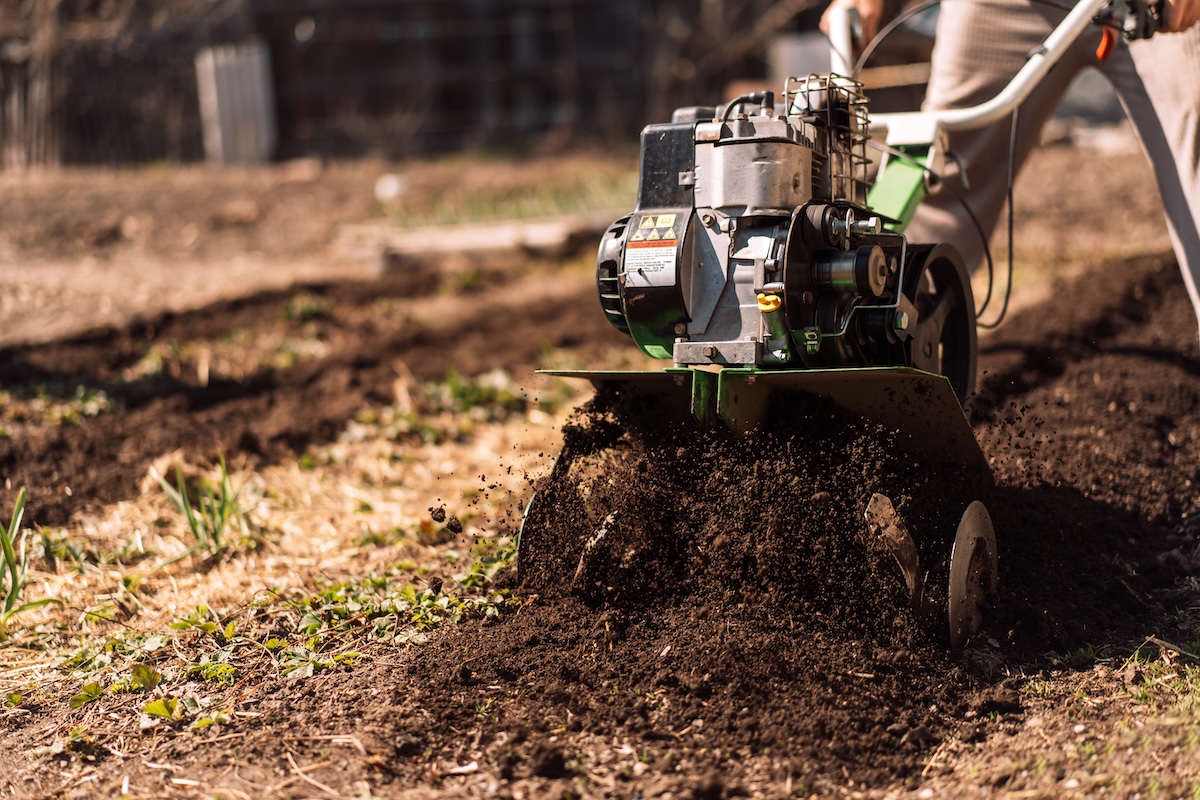
A garden cultivator is designed for regular maintenance tasks on already loosened soil and for working around growing plants. Think of it as a hoe with a motor. The power source and tines are built to fit into tight spaces, and the lightweight frame does not dig aggressively into the root zone. Cultivator tines are designed to grind the soil to a fine texture, which makes this tool the superior choice for final bed preparation before sowing seeds.
A tiller, on the other hand, is big and heavy, with a relatively large tine diameter. The hand tools it replaces are the mattock and shovel, and like those tools it is meant to dig deeply and break up hard soil in the earliest stage of bed preparation. Tillers also do a great job of incorporating leftover plant material into the soil at the end of the gardening season.
2. Power cultivators have faster tines and less torque than tillers.
The smallest garden cultivators are actually people-powered. They look like a cross between a hoe and a rake, with a narrow head and short, curved teeth. The motorized versions are slightly larger and heavier, driven by small 2-cycle or 4-cycle gas engines, cordless electric motors, or plug-in electric. Their power, comparable to that of a string trimmer or cordless drill, is sufficient for stirring the soil surface and light enough for comfortable operation. Cultivators can go where tillers simply can’t: Their small size and lightweight motor make them easy to maneuver around growing plants.
Our Favorite Team-Tested Tillers
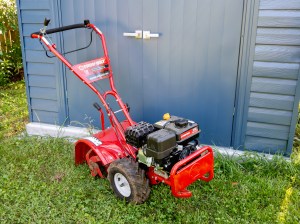
Troy-Bilt’s Super Bronco is the most powerful tiller in our tested Buyer’s Guide. It has rear tines, which are perfect for breaking new ground, seasonal soil prep, and pathway weed control in large gardens.
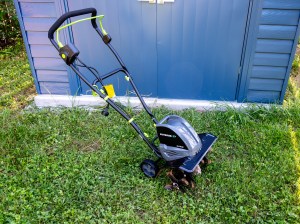
The Earthwise 13.5-Amp Corded Electric Tiller offers clean electric power and unlimited runtime, but limited mobility because you’re bound by the power cord. This is a good tiller for both seasonal bed prep and in-season maintenance of small to medium-size gardens.
3. Tillers are bigger and can be harder to manipulate than cultivators.
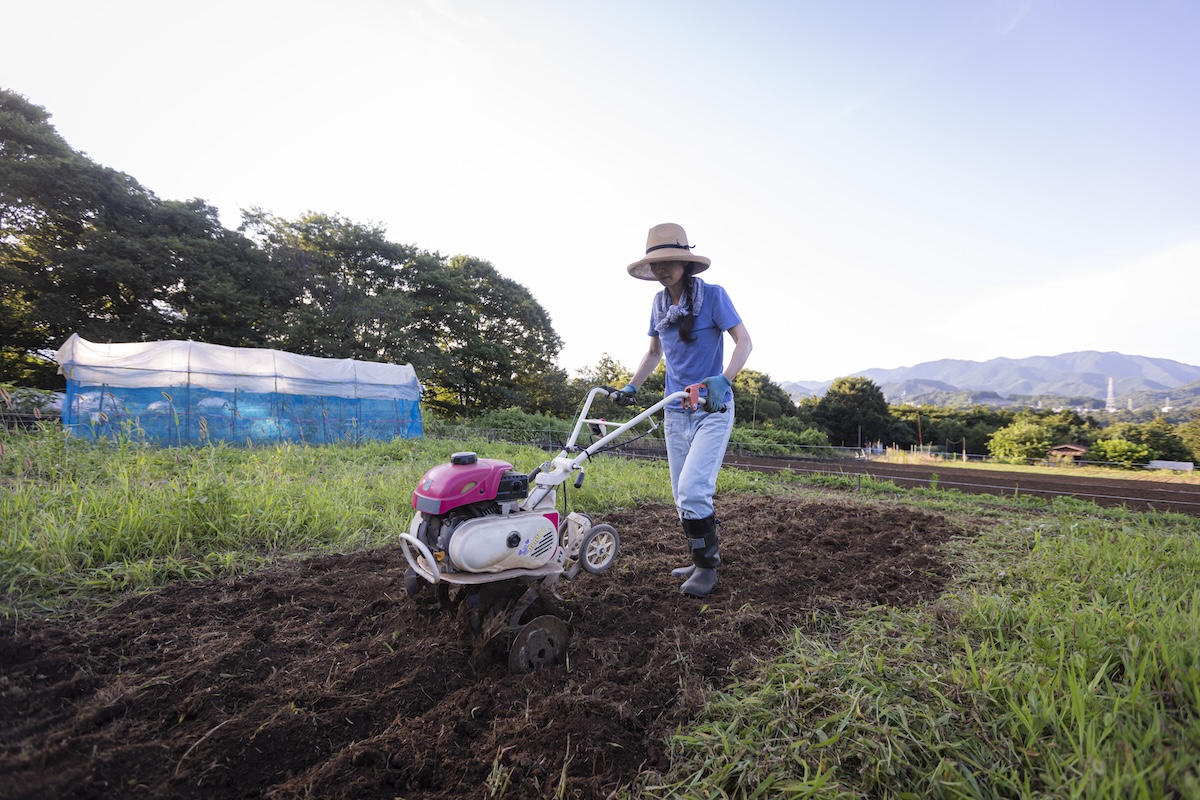
Even the most compact front-tine rototiller rivals the size of a push mower. Larger rear-tine tillers boast engine sizes comparable to some riding mowers. These machines are designed for use on ground that has no obstacles, where they can travel in long, fairly straight lines. They are capable of cleaning up the space between vegetable rows, but they’re not ideal for detailed work. Forget using one of these to prepare beds smaller than about 20 feet long; they’re just too big and bulky to be practical. Front-tine tillers have the best mobility of the group, but even they are heavy and have a limited range of movement.
4. Cultivators are used primarily for preparing an existing garden bed, while tillers are equipped to create new beds.
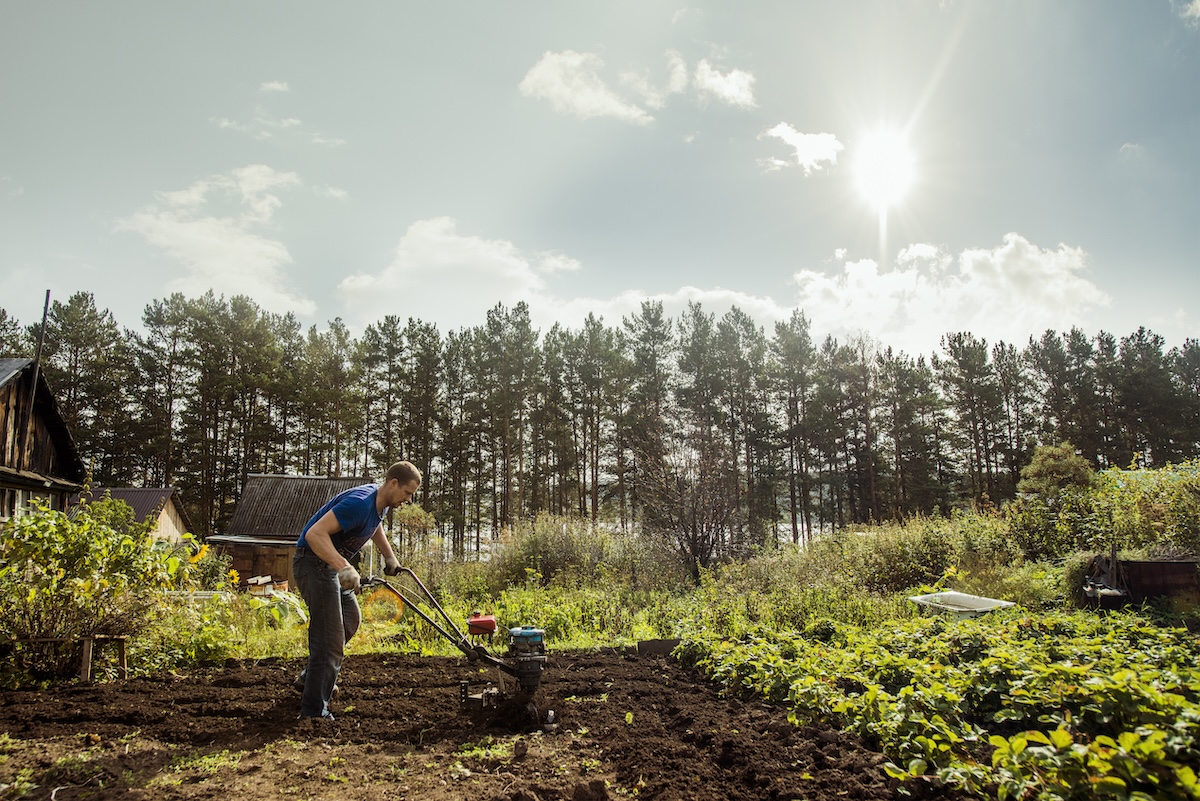
When you want to break ground for a new garden bed, or deeply till compacted soil in an existing bed, a tiller is the right tool for the job. It digs deep, kicks out large stones, and breaks up stubborn clods with ease. The lighter size and articulation capabilities of power cultivators, on the other hand, make them the better candidates for working in established beds. They excel at seed bed preparation and loosening the crusted surface of soil that is already soft. Cultivators also make quick work of weed seedlings without endangering the roots of garden plants.
5. Tillers are better for larger jobs.
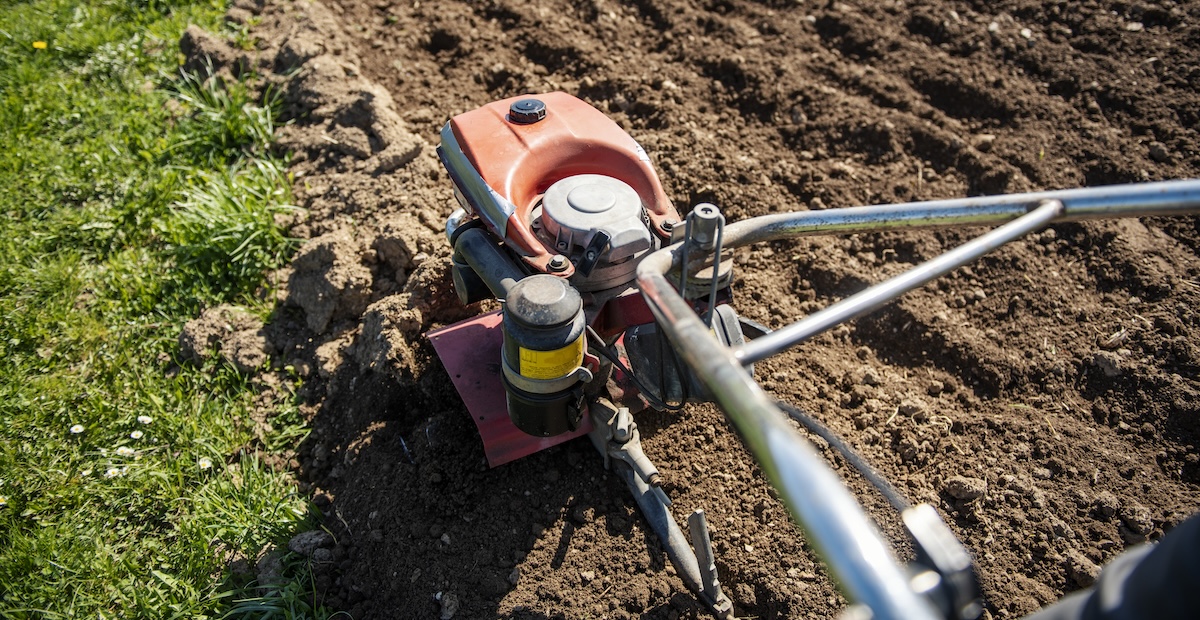
Tillers have the power and weight to do the difficult digging on big jobs. Their tines are large enough to dig deeply and are designed to kick out rocks. Their wider working surfaces cover more ground per pass. Many models are self-propelled to greatly reduce operator fatigue. Plus, many offer useful features, such as forward or counter tine rotation, adjustable tine width, adjustable wheel width, a depth gauge, and a drag stake, to customize the machine for the job.
Our Favorite Team-Tested Cultivators
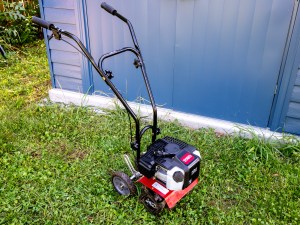
The Toro 10-inch, 2-cycle Cultivator is a gas-powered mini tiller/cultivator. We love its easy mobility, extended runtime, and more power than electric. This is a great choice for seasonal prep when caring for multiple small garden beds, or weeding/maintenance among plants in a large garden.
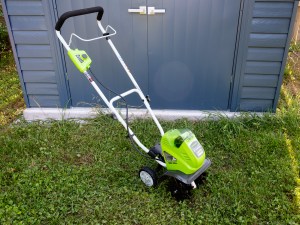
Greenworks’ 40V Battery Powered Cultivator is a compact, battery-powered choice. It’s ideal for weeding and maintenance among growing plants in small and midsize gardens, and annual flower bed renewal.
6. Cultivators can also be used for weed removal.
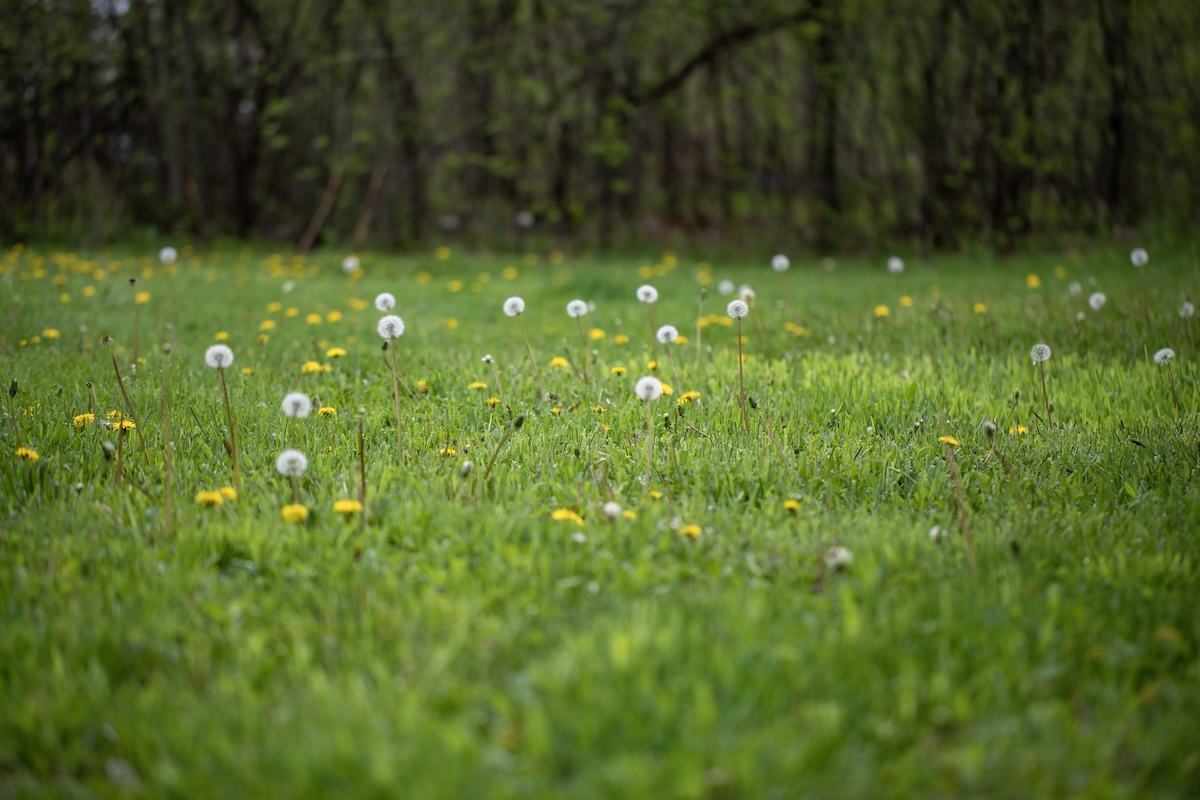
Because of their shallow working depth and small size, cultivators are great for removing weeds in beds and around plants easily, safely, and quickly. Regular cultivation around garden plants stimulates deeper root development for better drought resistance, with virtually no plant damage from the machine. Cultivators are convenient for regular use throughout the season. They don’t take up much storage space, and they do the work more quickly than a garden hoe.
7. Most tillers come with gas engines, but electric is an option for smaller gardens.
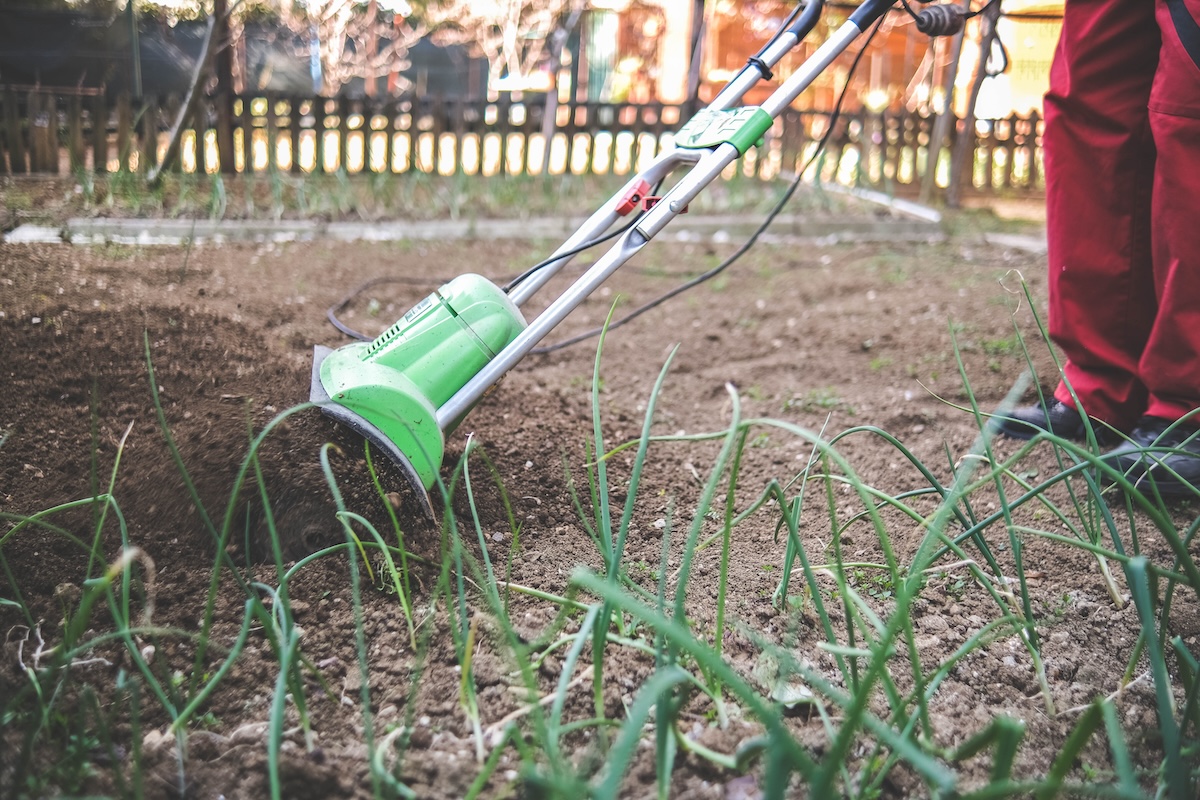
When you’re shopping for tillers and cultivators, the lines get blurry pretty fast. Some manufacturers label cultivators as tillers, and they have been doing so for a long time. The most effective tillers for breaking new ground, those with long runtime, large heavy-duty tines, and sufficient power, have gasoline engines. That said, there are electric tiller/cultivators that approach the capabilities of small gas-powered front-tine tillers. In this compact hybrid category, electric power can be a convenient and effective alternative.
Want to learn more about using—or not using—these machines? Check out our guides on how to till a garden the right way, and how to till a garden without a tiller.

